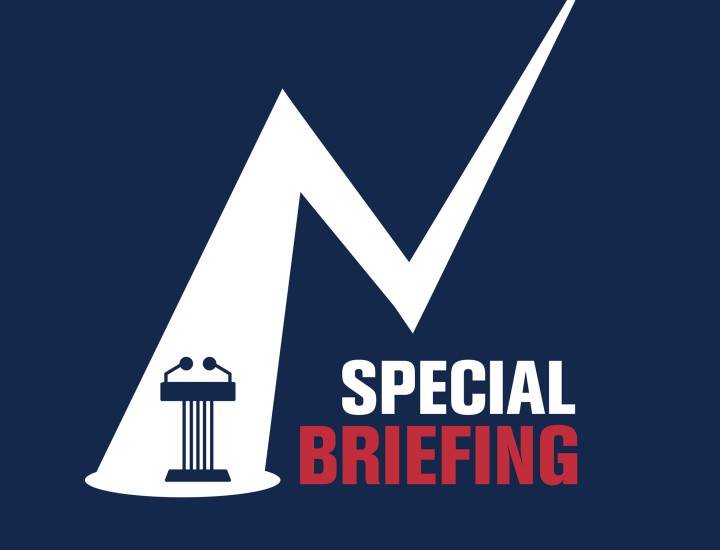A Culture Shift for Government Shoppers

This blog was originally published on June 1, 2017 by Governing.
Last year, procurement manager Cheral Manke put up a giant black-and-white poster on the walls of Washington state’s central procurement office. It was much like a page from a coloring book, with images of birds, flowers and plants, but designed for adults. The object was to unleash the creative juices of her staff. Her challenge: How do you get people to be creative thinkers when that wasn’t a skill they were trained for?
Manke’s poster is part of a culture shift taking place across the nation’s state and local governments that focuses on how both practitioners and leaders perceive the purchasing and contracting function. That means changing how they think about buying everything from school buses to IT consulting contracts to staplers.
This is a necessary transition, as the new world of procurement involves a much different set of skills than it did in the past. “We’re trying to make a significant culture change, and it is a challenge,” Manke says. The goal is for purchasers to “move from a cumbersome, form-driven administrative type of role that is black and white to a blank page where they use critical thinking.”
What’s driving this evolution? Technology and the growing sophistication of the field. Data about spending allows for a far more advanced analysis of what agencies need and lets goods and services be purchased at ever-more-steeply discounted prices. Internet access and e-procurement systems even allow a small town in Utah to buy common goods off the same cooperative contracts as Los Angeles or New York City. By joining forces, the small Utah town can be part of a much, much larger purchase, which lowers per-unit costs.
At the same time, procurement officials are grappling with ways to reduce risk in the more complex purchases or contracts created by agencies for the unique needs they have. Increasingly, procurement officials at the top of their game are working on building more flexible systems, cushioned by aggressive risk assessment. The idea is to replace the rigid rules of oversight and compliance with a system that emphasizes strategic partnerships. “We’re trying to shift our culture and our approach so that our customers, both internally and externally, see us in a different light,” says Manke.
Like many other procurement managers, Manke is tired of having her profession thought of as a barrier or obstacle: “We’re here to meet their business needs.”
In a survey last year conducted by Governing, procurement officials made it clear that they believe their roles are often misunderstood. Only about a quarter of the 37 responding state purchasing officials said that their stakeholders thought of procurement as having a critical strategic function that could help reduce the overall cost of government. Despite enormous changes in the field, many procurement officials worry that it is still perceived as a back-office operation that only focuses on compliance and regulation.
Change clearly is necessary. And it’s coming. But it’s coming slowly.
Several years ago in Georgia, the state’s former procurement manager made a major effort to convince agencies that “we’re not here just to say no.” The campaign continues. Lisa Eason, the current procurement manager, held a conference at the end of April for procurement workers across the state. One of the stated goals was “to show the value of procurement to your leadership and your stakeholders.”
The shift in perception is not just to satisfy the egos of procurement professionals. “If we let [the agencies] know the value we add, they will take more time and plan out what we should be doing,” says Eason.
The key is to avoid the I-need-this-and-I-need-this-right-now problem. “Get us involved early,” she says, “to get you what you need at the best value.”
Back in Washington, the transformation under way was aided by procurement reform in 2013 that included a massive training effort. Starting in 2015, 20,000 employees statewide were required by legislation to go through procurement training, which emphasized the overarching cultural shift that was taking place. Today, new courses are added regularly based on customer needs.
Gaining the trust of stakeholders also involved customer survey work, focus groups and listening sessions. Washington’s procurement office even hired an outside consultant to “come in and teach us how to listen.” It employed Lean management principles, which help entities to map out the processes they had been using and cut out wasted steps. One of the changes was to replace requirements to fill out forms early in the life of a purchase with a conversation that would guide and expand potential opportunities. “You don’t need to submit a form with two pages of information,” says Manke. “You need to sit down and talk.”
The change in procurement and the way it is perceived continues to evolve, says Keith Kawamura, a deputy assistant director for contracts, procurement and risk management in Washington. “It’s not an easy journey, but we’re starting to see the effects now. We’re in a much better place than a few years ago.”

